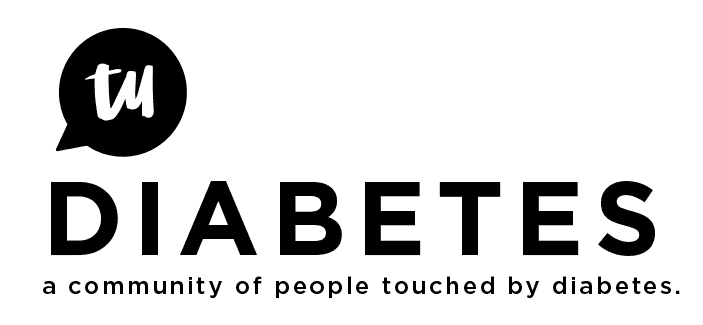According to Amylin Pharmaceuticals, Inc., Symlin is not intended for everyone. Because its used with insulin, they were instructed by the FDA to warn of an increased risk of insulin-induced severe hypoglycemia. Amylin says that when severe hypoglycemia associated with Symlin use occurs, “its seen within three hours following a Symlin injection.”
But as I noted in the posting entitled “Some Detail on Symlin’s Rocky FDA History”, there are some political reasons the FDA even made hypoglycemia an issue in marketing the product. However, I’m not sure the concern is justified, although the warning should probably be followed until someone is used to using Symlin.
According to Amylin’s definition, a friend of mine on Long Island (NY) most certainly did NOT fit the ideal patient profile if you were to read the approval and marketing recommendations from the FDA. Before starting Symlin, he had driven his car off the road due to hypoglycemia unawareness, therefore he would be considered an unlikely candidate due to the supposedly increased risk of hypoglycemia. He would be considered a dangerous candidate for Symlin, yet his experience was great. He’s also an average weight, 27 year old, so he certainly didn’t look to Symlin for assistance with weight loss (although he lost weight anyway), rather he was looking to smooth out the peaks and valleys of using insulin alone. He claims his experience with has been great, he notes that Symlin actually reduced his total daily dosage of insulin, which he believes has also reduced his incidence of lows. Incidentally, he also wears a continuous glucose monitor (in his case, the Medtronic Minimed Paradigm combined insulin pump and glucose monitor).
Amylin stresses that appropriate patient selection, careful patient instruction, and insulin-dose adjustments are critical elements for reducing the risk of severe hypoglycemia (obviously at the request from the FDA). Nausea was the other most commonly reported adverse event associated with Symlin use.
According to the FDA information on file for Symlin, in clinical trials, units of insulin taken also fell about 20% for type 1 patients, to 35-40 units per day from 45-50 units, and to 70-75 units per day from 80-90 units per day for type 2 patients.
We do know that, similar to insulin, the dosages are different for people with type 1 and type 2 diabetes. “One thing we have learned is that we may need to use different doses of Symlin in type 1s and type 2s,” says Dr. Steven Edelman, assistant professor of medicine at the University of California San Diego School of Medicine.
Anyway, I am curious as to what anyone else thinks about the risk of hypoglycemia with Symlin? Is it greater (maybe because of all the different numbers you have to juggle in your head?), or is it more a matter of experience using it? As I noted in another post, unlike insulin, which has different peak effects, Symlin is specifically designed to lower glucose levels after eating. That’s why it is taken only before meals with at least 30 carbs or 250 calories. But that also means that managing Symlin should be easier than insulin once you get the correct dosage set.
Dr. Edelman says “I always tell my patients that the ‘perfect’ dose of Symlin is the dose that induces satiety but does not cause nausea.” In his experience, the nausea is not really as big an issue in type 2s - most likely because most type 2s are still producing some amylin and so the “return” of the hormone to their system isn’t so jarring. But in type 1s, the nausea can be acute, and Dr. Edelman follows the recommended titration schedule to reduce it. That may be different from what the manufacturer recommends. That does sound like good advice.
